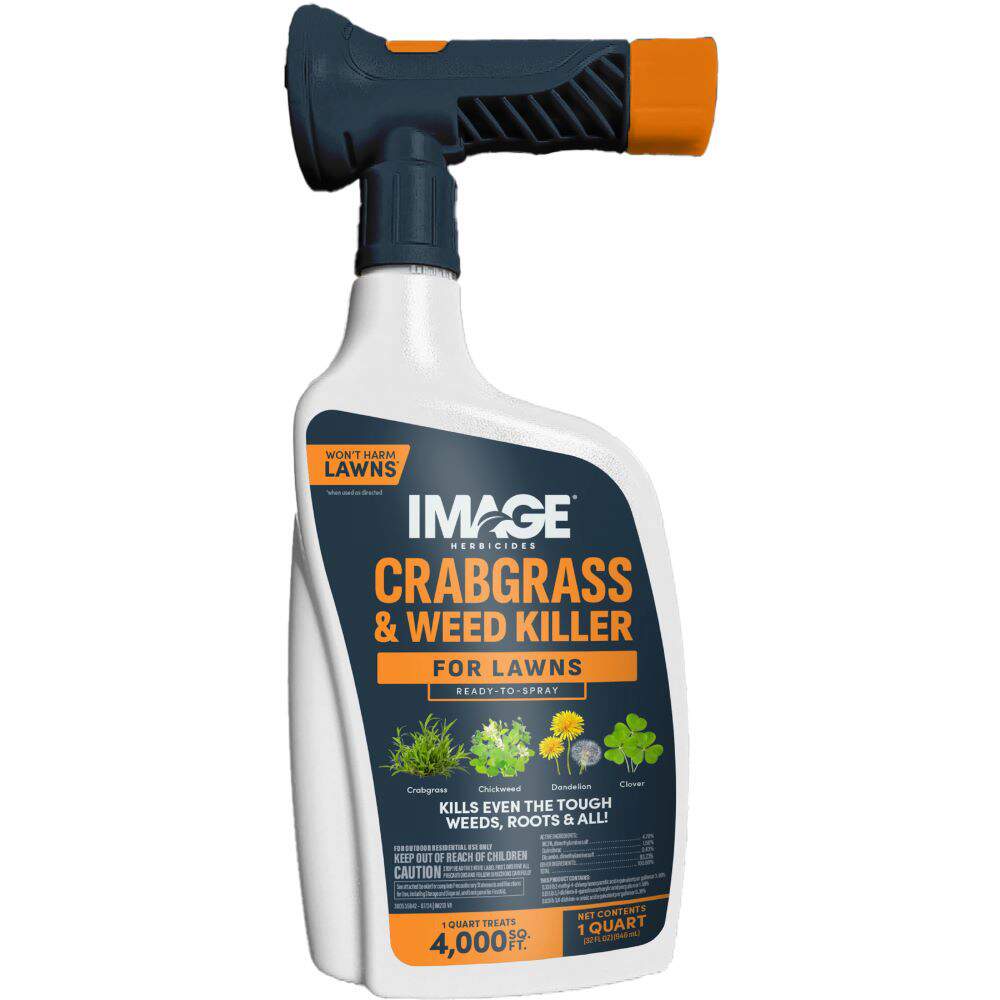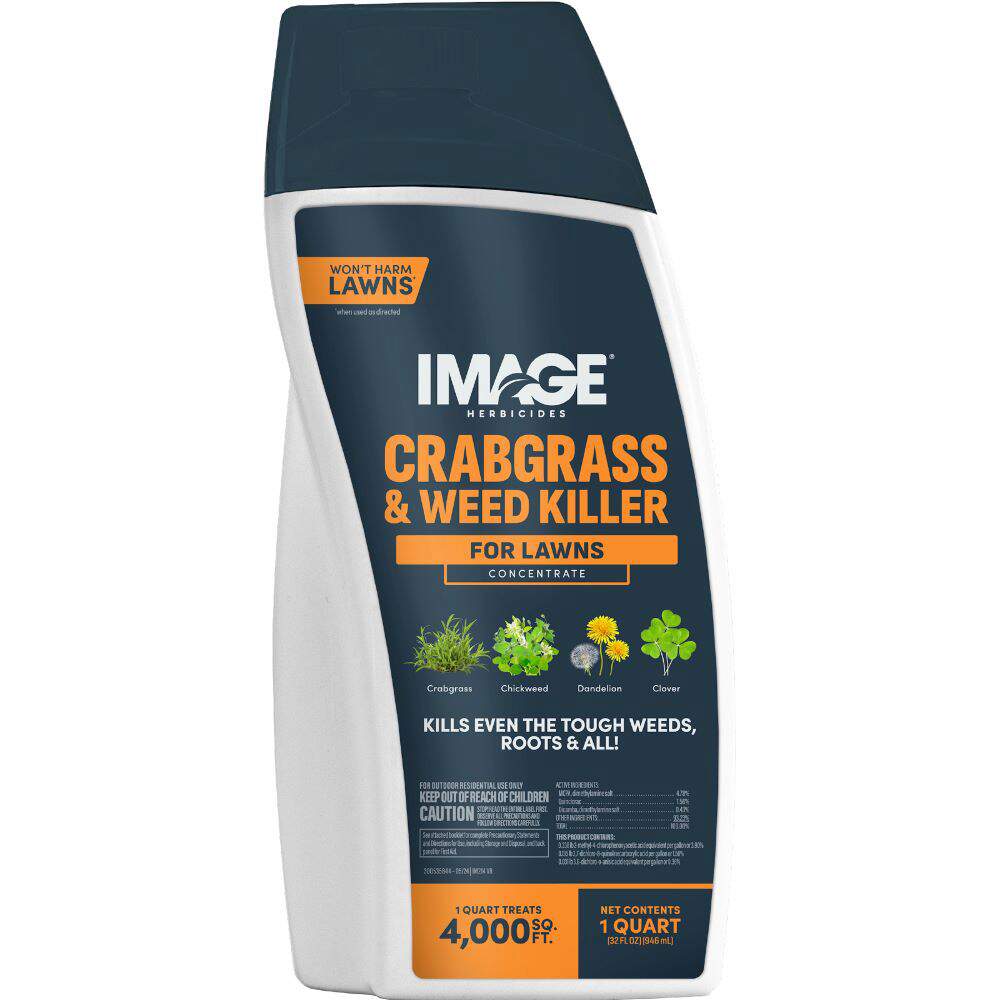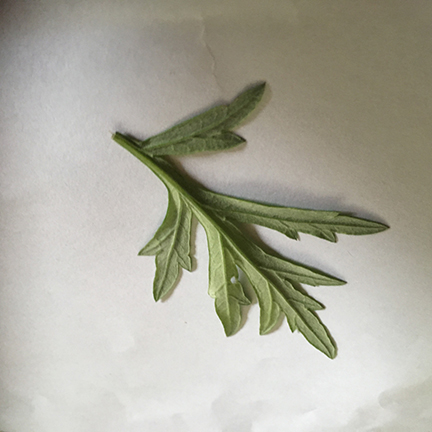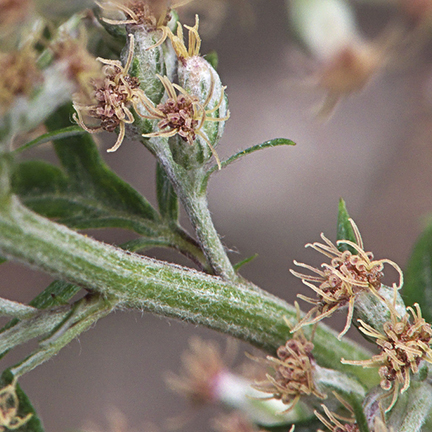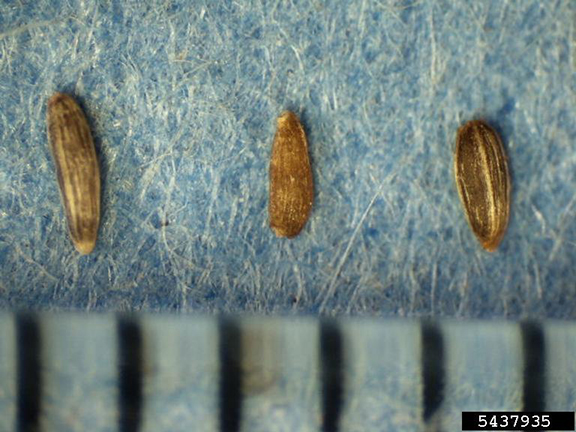HOW TO IDENTIFY ARTEMISIA
Artemisia vulgaris (commonly known as mugwort) is a fast-spreading weed often mistaken for chrysanthemum. You can tell it apart by its distinctive leaves, which are dark green on top with a silvery-white "hairy" underside. The plant's scent is also a big giveaway to its identity: when crushed, it smells like sage.
This tall weed can grow up to five to six feet in height with stems ranging in color from green to reddish brown or even purple. Its yellow flowers are small, plain and don't have petals. They grow in little clusters near the tops of its stems.
Mugwort's leaves are usually dissected into multiple finger-like segments. Some have broader lobes, while leaves closer to the top of the plant tend to have deeper, thinner lobes.
Although a single plant can produce up to 200,000 seeds a season, Artemisia rarely spreads this way. Instead, its shallow, stout root system is the main source of its aggressive growth, since it can grow from rhizome pieces as small as two centimeters, allowing it to easily take over lawns and garden beds.
(Tip: Many Artemisia plant species are desired in gardens, but mugwort is not.)
WHERE AND WHY ARTEMISIA GROWS
Mugwort can be found throughout the United States, but it's most common on the coasts. Once it invades a region, this aggressive plant can spread fast.
The weed thrives in many different environments, like loam soil, sandy coastal areas or even along roadsides. It can be found in elevated regions, but also in meadows or valleys. It can grow in cultivated gardens and in disturbed areas as well. In fact, the only consistent place where Artemisia doesn't thrive is in wet soil with poor drainage due to its vulnerability to root rot.
This persistent weed loves full to partial sun and blooms from July to September.
HOW TO CONTROL ARTEMISIA
When treating mugwort or any other weeds, always read the product label carefully and confirm it's safe for your specific lawn type. Some grasses are sensitive to certain herbicides, so double-check the labels before applying. And make sure you only use herbicides on established lawns, not younger, newly seeded areas.
Image Herbicides offer highly effective liquid products to kill or control Artemisia:
- Image Herbicides Crabgrass & Weed Killer for Lawns Ready-to-Spray is a water-based formula that starts working immediately and kills tough weeds to the root. This product can be used on most southern and northern turfgrasses, but avoid on St. Augustinegrass or Centipedegrass.
- Image Herbicides Crabgrass & Weed Killer for Lawns Concentrate is a water-based formula that kills tough weeds all the way to their roots. It starts working immediately and can be used on most southern and northern turfgrasses. Avoid using it on St. Augustinegrass or Centipedegrass.
Artemisia Control Tip: Pulling it out by the roots might actually help it spread, unless you're pulling very young plants before they form rhizomes. It's also not easily controlled by mowing, making herbicide treatments the best approach.
Always read product labels thoroughly and follow instructions, including guidelines for lawn grasses, frequency of applications and seasonal maximums that may apply.
ARTEMISIA GALLERY
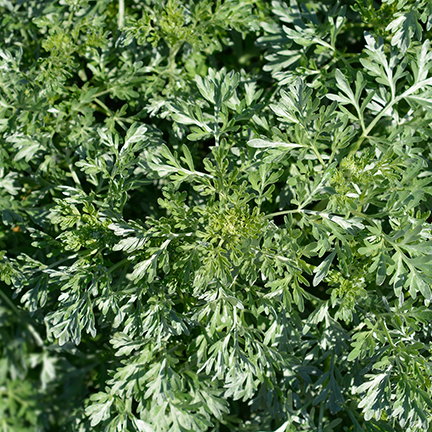
Artemisia Patch
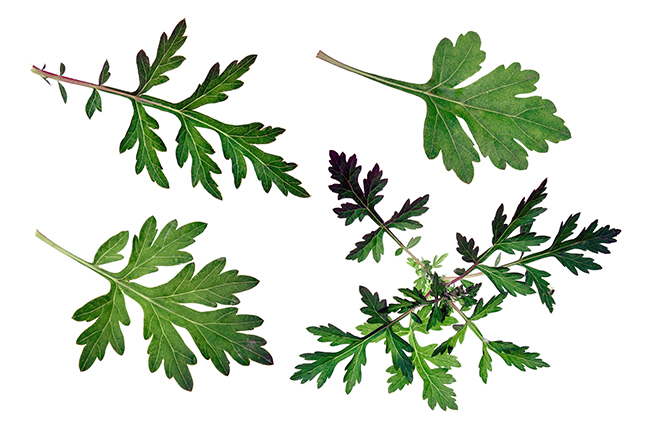
Artemisia Leaf Shape Variation
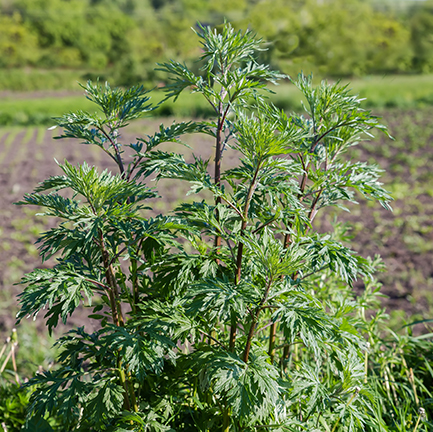
Artemisia Stems
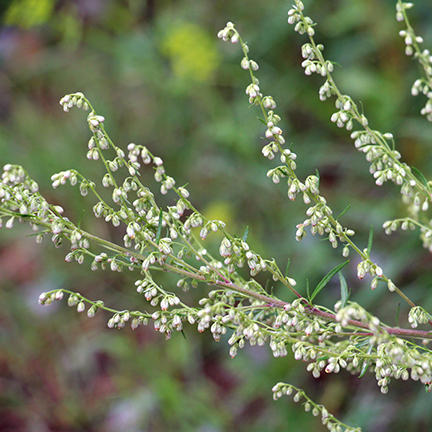
Artemisia Flowers



